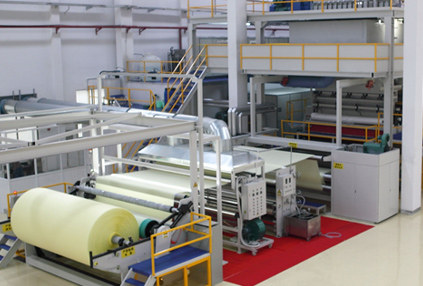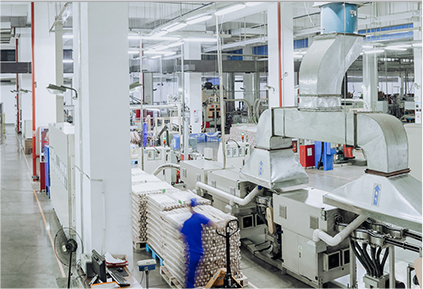+86 159 8850 8540
+86 159 8850 8540
In the non woven industry, there are a lot of organizations to provide testing methods. They offer standard test procedures. The main organizations over the world are as follow.
In United States, the organization is called American Society for Testing and Materials (ASTM)
Association of Textile, Apparel, and Materials Professionals is the leading in textile industry. AATCC is called for short.
Absorbent capacity means how much liquid a non woven material can retain. Put the non woven material into liquid and make it stay for a certain time. The unabsorbed liquid is allowed to disperse through natural gravity or external pressure. The liquid absorbed by non woven determines its capacity. This is normally recorded in percentage. Absorptive ability is especially crucial in advanced wound care applications. A high capacity allows the product to absorb the exudates from a wound bed.
The breaking strength means the amount of hydrostatic pressure that causes the nonwoven material to break. Clamp the non woven material on the rubber diaphragm. Impose fluid pressure on the sample until it bursts. The blasting strength is usually measured in kilopascals. It’s an important characteristic for nonwovens in medical or pharmaceutical industries. It must withstand a certain amount of hydrostatic pressure before failing.
Air permeability is the rate at which air flows through a fixed area of a nonwoven material. The test method specifies how the nonwoven must be clamped to isolate certain circular areas of the material. Use vacuum to generate gradient air pressure. It causes upstream air pressure greater than downstream air pressure. Therefore, the air will naturally moves to the lower pressure area. The produced airflow is used to determine air permeability. The air permeability is described in cm3/s/cm2. SMS non woven material has low moisture permeability, but high air permeability. It is widely used in venting applications. These types of non woven fabrics are commonly used to protect sensors in the automotive markets.
Elongation is the amount of warp yarn that passes through the nonwoven material under stress. Clamp the non woven fabric in a tensile machine to test grab strength. The clamps are separated at a specified rate until the sample breaks. The increasing length of the sample determines its elongation. There is no unit to describe elongation. But it is usually presented as percentage.
Tear strength is the force required to tear a non-woven fabric with pre-cut seams. The test method uses an Elmendorf tear tester. This is a special piece of equipment with a pendulum to create the force of tear slits. The nonwoven sample is clamped to the fixture of the Elmendorf tear tester on either side of the cut. One clamp is fixed to the machine and the other is attached to the pendulum. When the pendulum rises, the produced force causes the pendulum to tear the material. The tear strength of a nonwoven determines its application. For example, nonwovens are commonly used as shopping bags. It requires high tear strength in order to prevent rips during use.
Barrier capacity is the most important performance of personal protective equipment. It includes barriers of liquid, microbial and filtration.
Liquid barrier means that medical PPE should be able to prevent the penetration of water, blood, alcohol and other liquids. The hydrophobicity must be over 4 levels. It avoids blood, fluid and virus infection between medical stuff and patients.
The microbial barrier refers to PPE against bacteria and viruses. It is mainly used to prevent contact, spread and cross-infection between medical staff and patients.
Filtering performance refers to prevent the spread of viruses in the form of aerosols that are inhaled or attached to the skin surface.
Test for Nonwoven Fabric Mar. 16, 2023

What is Nonwoven Fabric Mar. 16, 2023

Nonwoven Fabric Manufacturing Mar. 16, 2023

Kinds of Nonwoven Fabric Mar. 16, 2023
